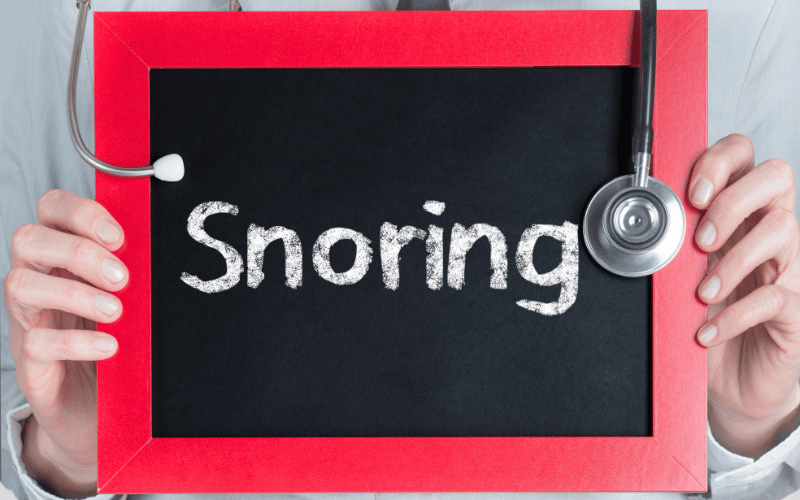3. Snoring: The Noisy Facade of a Silent Disorder

Snoring is one of those things people often joke about, dismissing it as nothing more than a bedroom nuisance. What many don’t realize is that it’s often a glaring red flag for sleep apnea. But hold on; not all snores are created equal. While almost everyone snores occasionally, chronic and loud snoring could be indicative of an underlying issue.
Why does sleep apnea often manifest as snoring? When you have sleep apnea, your airway experiences periodic obstructions. These obstructions cause vibrations in the throat tissues, leading to the infamous snore sound. But this isn’t just about the noise; it’s a sign of struggling, albeit unconsciously, for breath.
However, let’s separate the chaff from the wheat. Not all who snore have sleep apnea, and not all who have sleep apnea snore. Confused? You shouldn’t be. Sleep apnea can manifest in other ways too, like restless tossing and turning or even choking noises. But when snoring is loud and followed by periods of silence (the apnea event), it’s more likely to be a symptom of sleep apnea.
Bottom line: snoring isn’t always benign. It’s often the canary in the coal mine, alerting you to deeper, more severe health issues like sleep apnea. Understanding the link between the two can help you read the signs better, even if they’re being transmitted in a less-than-melodic snore. (3)